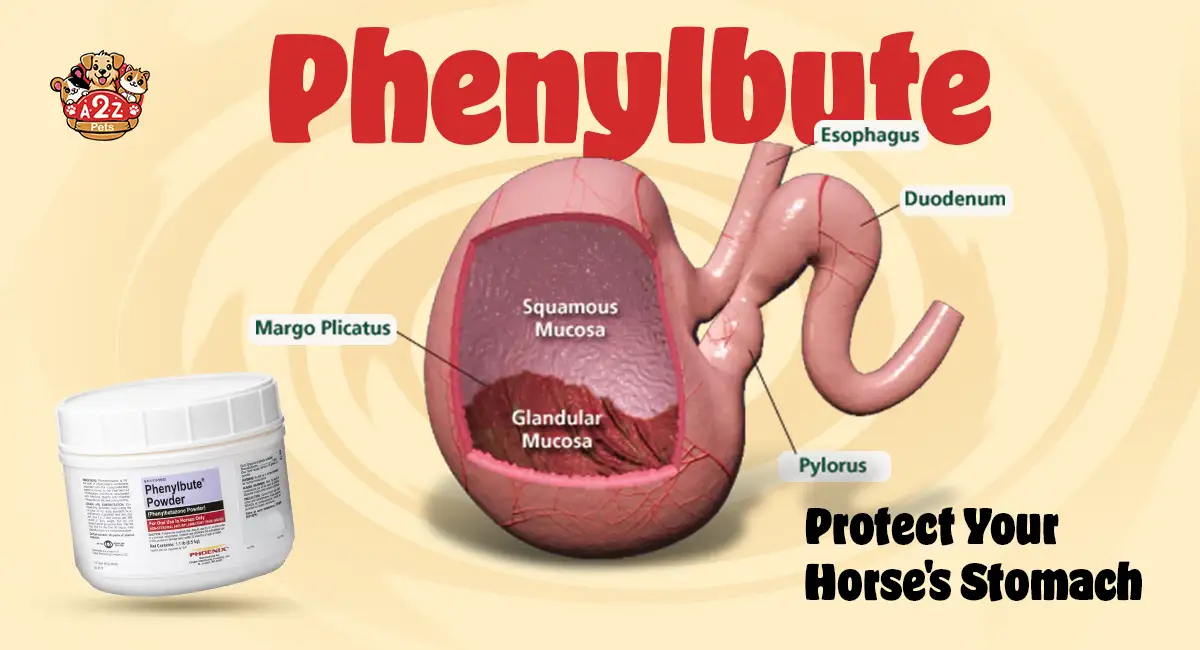Is Your Horse's Stomach At Risk? Understanding Phenylbute's Side Effects

For horse owners, managing pain and inflammation is a common challenge, whether it’s from a minor injury, arthritis, or post-operative care. Phenylbute—the common name for phenylbutazone—is a potent anti-inflammatory and pain-relieving medication widely used in equine veterinary medicine. Often referred to simply as “bute,” it is an invaluable tool for improving your horse's comfort and mobility. However, its effectiveness comes with a significant caveat: the potential for severe gastrointestinal side effects, particularly on the stomach. Understanding these risks and how to manage them is crucial for ensuring your horse’s well-being.
Phenylbutazone is a non-steroidal anti-inflammatory drug (NSAID) that works by inhibiting enzymes responsible for producing pain and inflammation-causing prostaglandins. It is most commonly administered as a phenylbutazone powder for horses, which can be mixed directly with their feed, making it a convenient way to deliver the medication. When used correctly and under veterinary guidance, bute powder for horses is highly effective in treating conditions such as lameness, joint pain, and other musculoskeletal issues.
While phenylbutazone is excellent at reducing pain, it does so at a cost. One of its primary side effects is the disruption of the protective lining of the gastrointestinal tract. NSAIDs like phenylbute can inhibit the production of prostaglandins that protect the stomach and intestinal walls from acid. Over time, or with improper dosing, this can lead to irritation, inflammation, and, most seriously, the development of painful and dangerous gastric ulcers. Signs of gastric distress in a horse can be subtle and include a poor appetite, weight loss, mild colic symptoms, or a dull coat.
This risk is why every horse owner should approach the use of phenylbute powder with caution. It is not a medication to be given lightly or for an extended period without a veterinarian's supervision.
The good news is that with a proactive approach, you can significantly reduce the risk of side effects while still providing your horse with the relief they need.
When you need to purchase phenylbute for your horse, sourcing a high-quality, authentic product is essential. A reputable supplier ensures you are getting a reliable medication that is safe and effective when used as directed. You can find quality products, like phenylbute powder 1.1 lbs, from trusted sources like A2Z Pets. Purchasing from a certified supplier guarantees that you are receiving a genuine product with the correct concentration, so you can have peace of mind knowing you are giving your horse the best possible care.
In summary, phenylbutazone for horses is a powerful tool for pain management, but it must be used with care. By understanding the risk of gastric issues and taking proactive steps to mitigate them, you can help your horse feel better without compromising its long-term health.

© 2024 A2Z Pets Made With By VBE Services.
